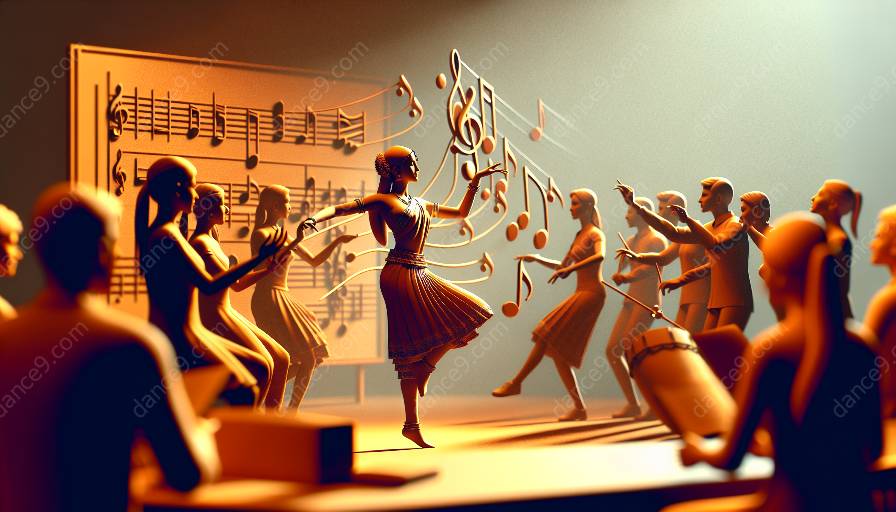Music and dance have had a long-standing, symbiotic relationship, with improvisation being a crucial component that shapes their dynamic interplay. This interconnection has been a subject of fascination for scholars in the field of dance studies, as it unravels the complex ways in which the two art forms come together to create captivating performances.
The Symbiotic Relationship Between Dance and Music
Dance and music share a deeply intertwined history, dating back to ancient civilizations where rhythmic movements and melodies were used as a form of expression and storytelling. As art forms, they are both rooted in human expression, emotion, and cultural narratives. Throughout history, various dance forms have evolved in tandem with different musical styles, each influencing and inspiring the other.
Live performances often showcase the seamless integration of dance and music, where choreography and rhythm harmonize to create a mesmerizing sensory experience. The relationship between the two art forms extends beyond mere synchronization; it delves into the realm of emotional resonance and narrative cohesion.
The Role of Improvisation
Improvisation serves as a cornerstone in the relationship between dance and music, adding an element of spontaneity and creativity to their interaction. In the context of dance, improvisation allows performers to respond organically to the nuances of the music, infusing their movements with a sense of presence and individuality. It provides dancers with the freedom to express themselves in the moment, creating unique performances that resonate with authenticity.
Similarly, in the realm of music, improvisation opens up pathways for musicians to adapt their compositions to the movements and emotions conveyed through dance. This adaptive exchange fosters a dialogue between the performers, leading to a symbiotic exchange of artistic expression.
Dynamic Interplay and Narrative Evolution
Through improvisation, the relationship between dance and music undergoes a continuous process of evolution during live performances. The interplay between the choreography and the musical score becomes a dynamic conversation, where each performance unfolds uniquely, influenced by the energy of the moment and the synergy between the artists.
Moreover, improvisation allows dancers and musicians to explore new dimensions within their respective art forms, pushing the boundaries of traditional choreography and musical structure. This experimental approach often leads to the emergence of innovative narratives, enriching the artistic landscape with fresh perspectives and emotive depth.
The Impact on Audience Experience
For the audience, witnessing the interweaving of dance and music through improvisation adds an element of anticipation and excitement to the performance. The spontaneity and raw emotive expression inherent in improvisation create an immersive experience, drawing the audience into the present moment and allowing them to connect with the performance on a profound level.
Ultimately, the role of improvisation in the relationship between dance and music transcends mere technical execution; it embodies the essence of artistic collaboration and the boundless potential for creative expression.
In conclusion, the intricate interplay between dance and music is illuminated by the pivotal role of improvisation. This dynamic relationship underscores the profound connections that exist between these art forms, shaping performances that resonate with emotional depth, narrative richness, and immersive authenticity.

















